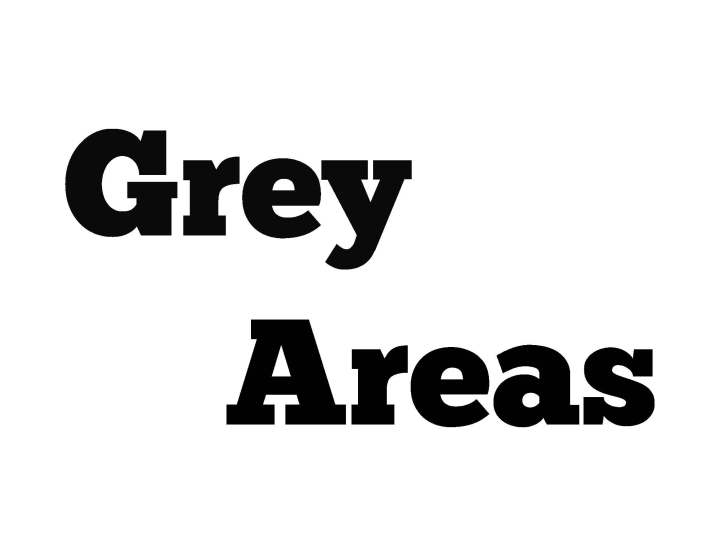This post is an updated version of a reader favorite.
There Will Always Be Grey Areas
There will always be ethical grey areas. We see plenty of information about lying, cheating, stealing and other obvious ethical violations. It is more difficult to know what to do when we encounter behaviors that fall into ethical grey areas, particularly in term of relationships with other people. Grey areas are difficult for anyone to handle but leaders bear the additional weight of needing to set the tone for the organization. Each decision impacts the ethics of the organization.
How We Handle Grey Areas “Teaches” Others (Whether Our Decisions Are Good or Bad)
If we are in leadership, we set the tone for what we want employees to do by what we do. That includes what we do about easy ethical problems (with clear right and wrong choices) and tough ethical problems (with no obvious right choices).
When we make good decisions, people watch what we do and also learn how to do that. If we make bad decisions, we teach others how to make bad decisions and those bad decisions can spread quickly throughout the organization.
How We Handle Grey Areas Paints a Border That Outlines Our Ethics
Sometimes “doing nothing” is an unethical choice. If we allow people to sabotage each other to win rewards, and withhold information from one another to appear more powerful, we are creating a culture that endorses negative interpersonal behaviors. We are “teaching” people that the organization values competition above collaboration and that “anything goes” to get the win.
If we “permit” sabotage and withholding information by not noticing and/or not addressing them, are we also endorsing more negative behaviors that people may see as similar, like bullying and employee harassment? We may be unintentionally sending the message that we allow even more negative behaviors in a broader context – Are we also endorsing withholding information from customers and other important stakeholders? What about regulators? If we allow people to withhold information at one level, are we unintentionally saying that withholding information is okay anytime, at any level?
How we handle the grey areas in how people treat each other paints a border that becomes the outline of our company’s ethics.
Ignoring Negative Behaviors Allows Them to Flourish
When it comes to organizational culture, not knowing is not a defense. When we ignore negative interpersonal behaviors, we send a powerful message across the company to ‘do more of that’! If we use negative interpersonal behaviors or simply look the other way when we see negative behaviors, employees will too.
Negative behaviors that we choose to ignore don’t typically go away – they multiply when we fail to act because the behaviors are then assumed to be “accepted by leadership.” As leaders we need to walk around, to notice what’s going on, to create high-trust workplaces, to provide opportunities for meaningful communication, to ask people what’s getting in the way of their success, to talk about ethical behavior and to remove barriers to effective ethical performance.
People will follow our lead. When we ignore negative behaviors, we are saying that we accept those negative behaviors.
Work Through Grey Areas Openly – Retain the Ability to Paint the Ethical Border
As leaders, we need to regularly discuss the grey areas in what it means to behave ethically. This lets us help employees define ethical behavior clearly and provide input into the choices they make to be sure that they meet the expectations of the company. As we learn more as a society about the impact of our choices and our behavior on others, there will continue to be more grey areas where employees will need guidance.
People can usually see ethical grey areas but they may be hesitant to ask for help. By keeping the conversation open and actively addressing grey areas, we retain the ability to define the ethical border. If we don’t talk about it, people will define that border on their own and may draw it outside of the company’s stated ethics codes and values.
Don’t take that chance. Ask employees which ethical issues they want to talk about.
Click the cover to read a free preview!
©2018 Leading in Context LLC

